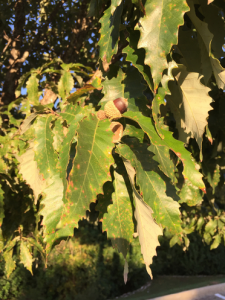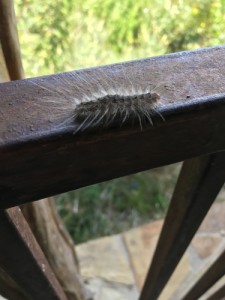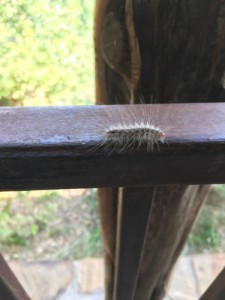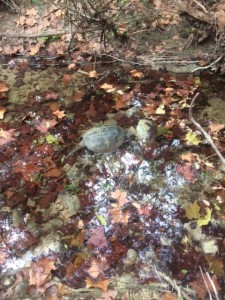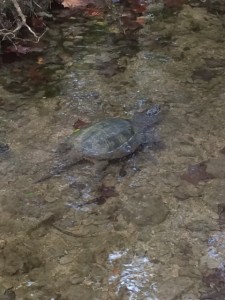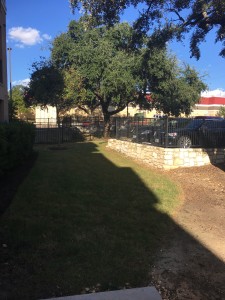I was walking home a few days ago when I saw a flash of green from a flock of birds flying overhead. The birds came to rest under a tree in my complex, so I went to investigate. There among the grackles were a flock of Monk Parakeets. Monk Parakeets are native to South America, but established wild populations in the U.S. in the 1960s, likely due to their popularity in the pet trade. They can be found as far north as Chicago and New York. It is believed that they can survive northern winters because of their large, multifamily stick nests. Each nest contains an average of 20 nest chambers, but some can house more than 200 nests.

More information on Monk Parakeets can be found on All About Birds.
iNaturalist Observation: http://www.inaturalist.org/observations/4404621

